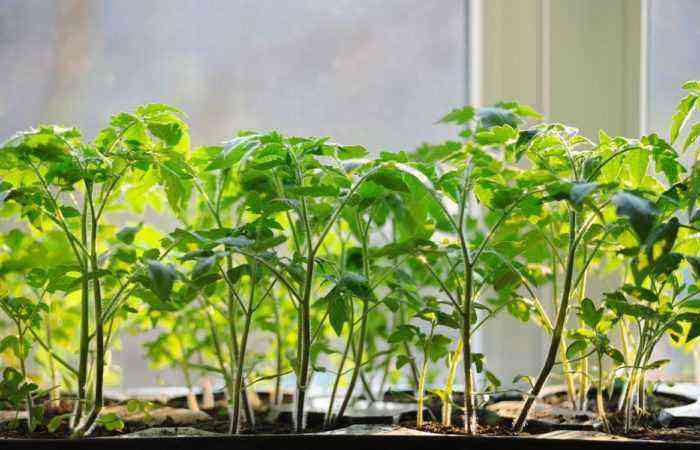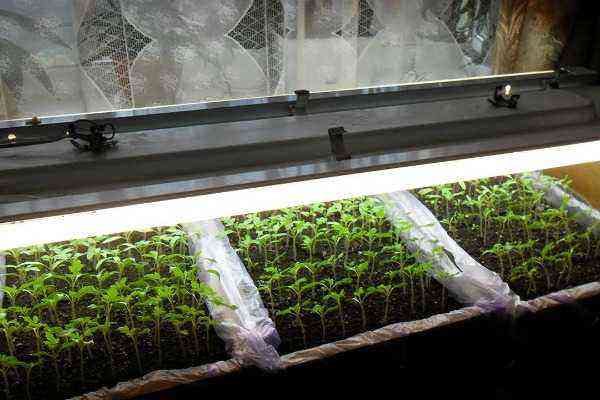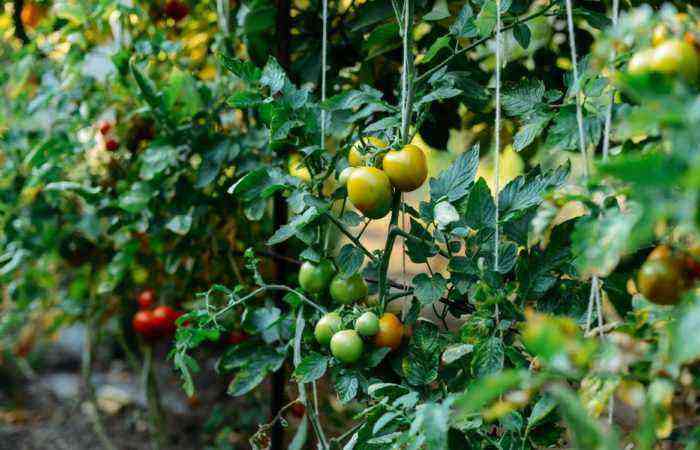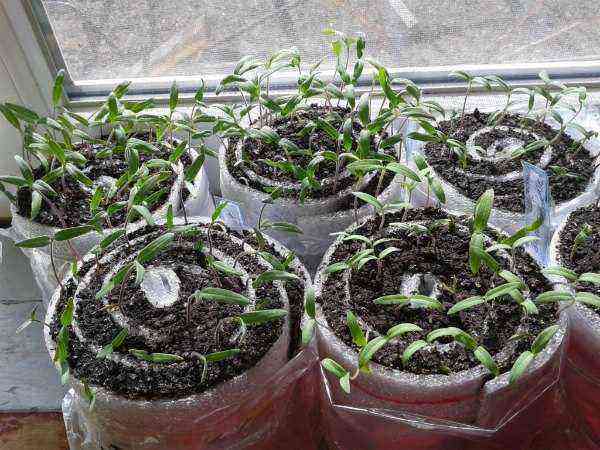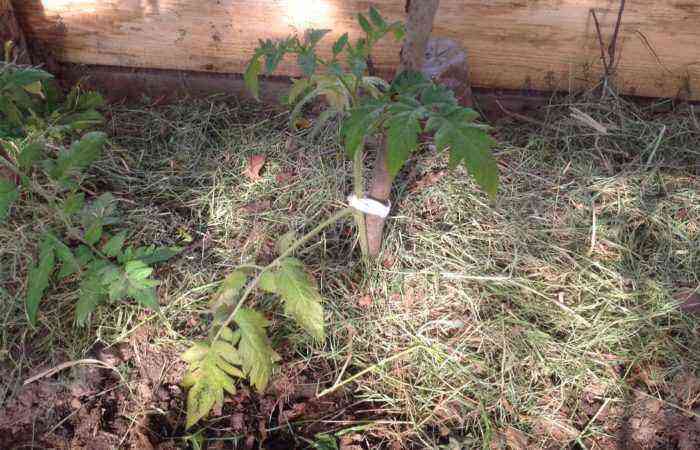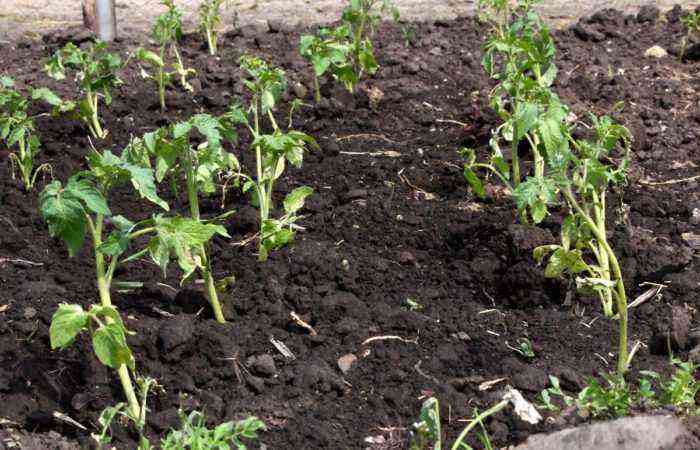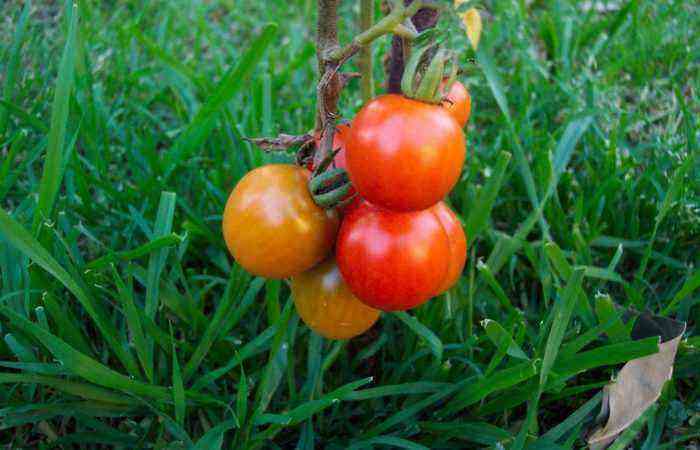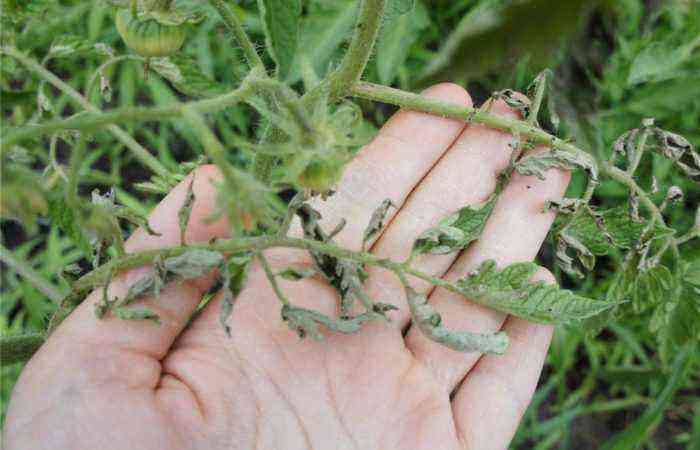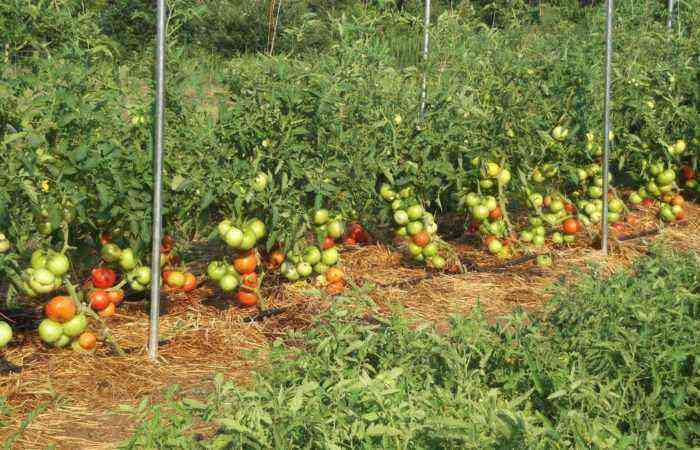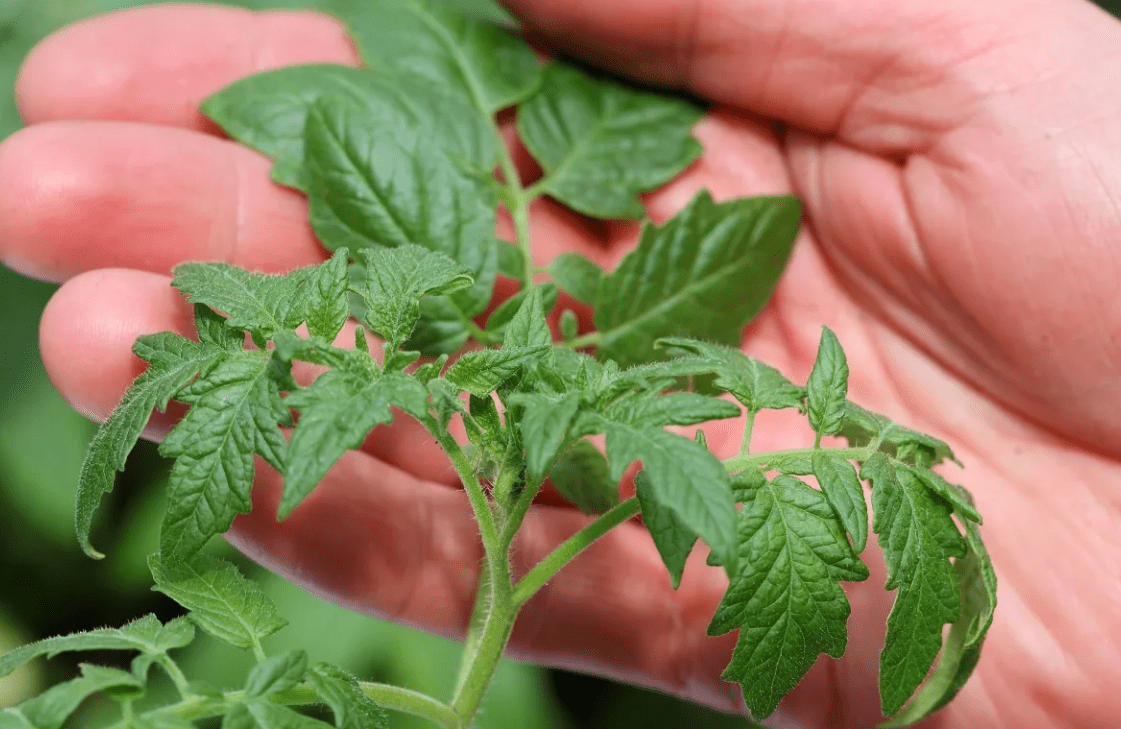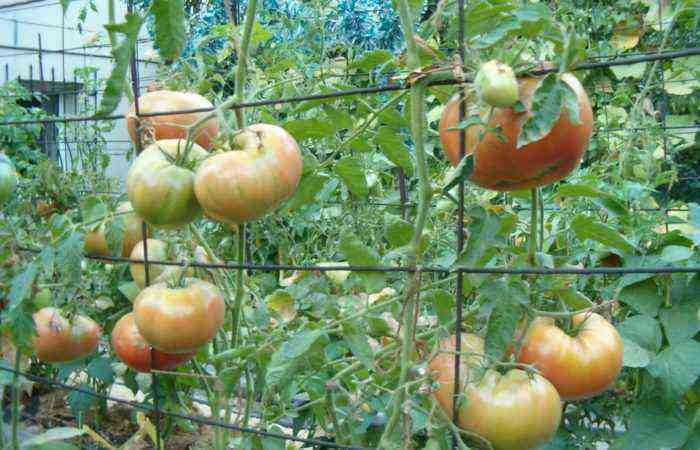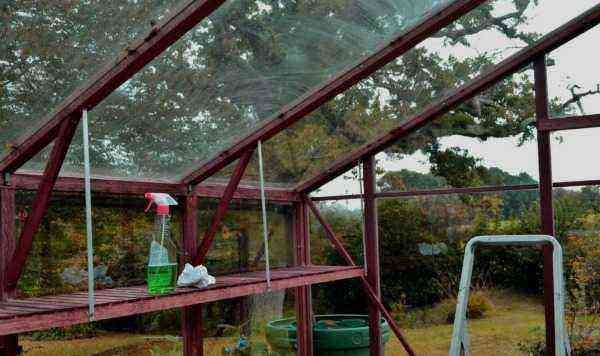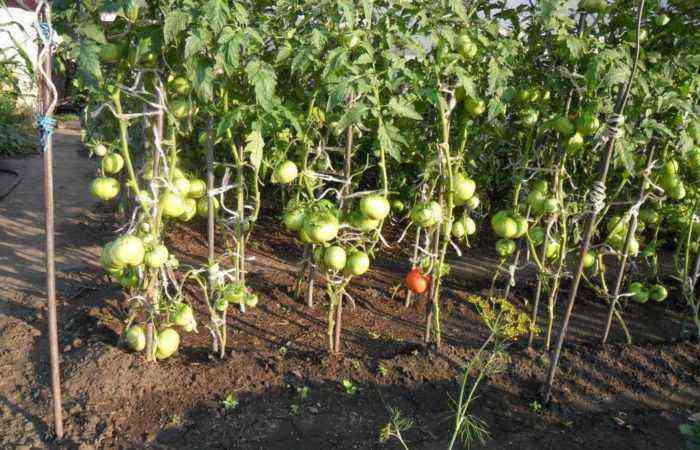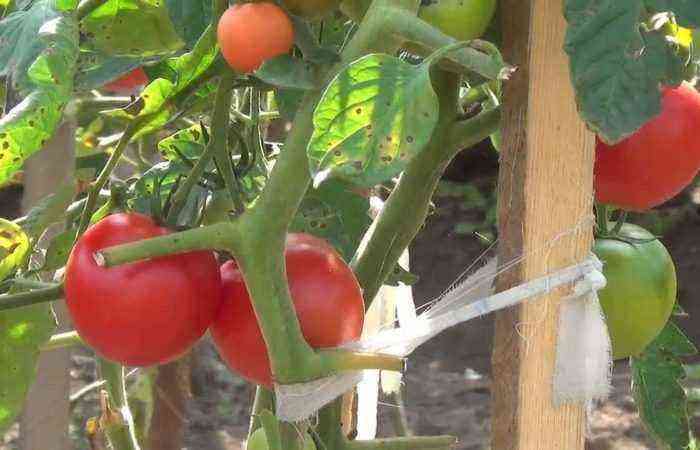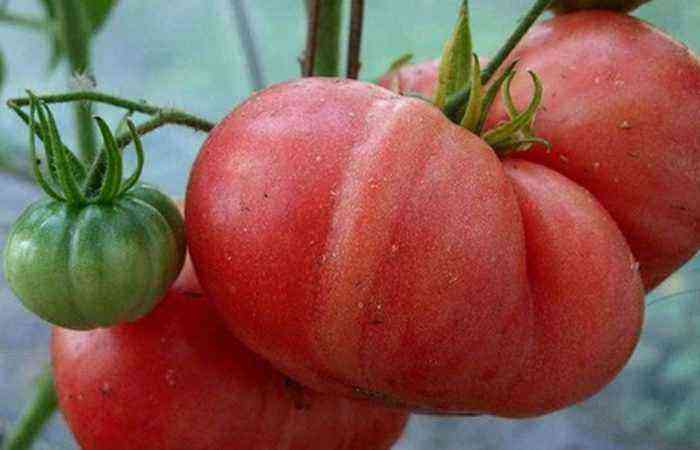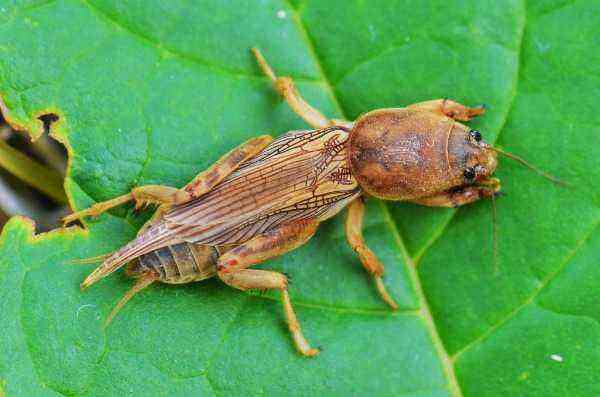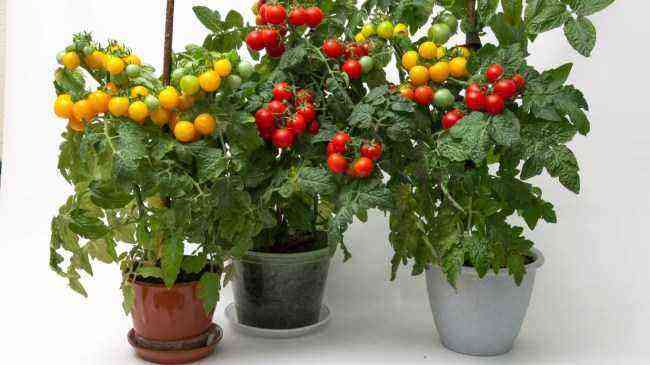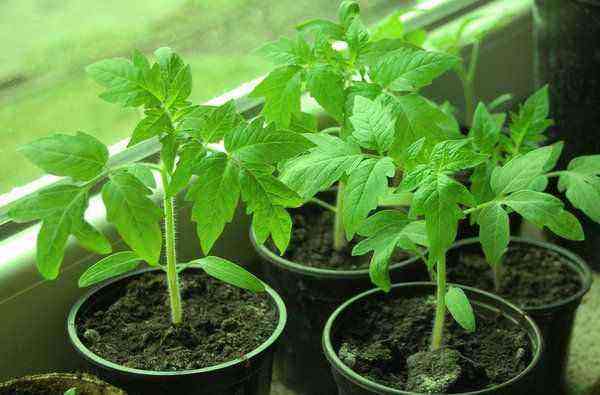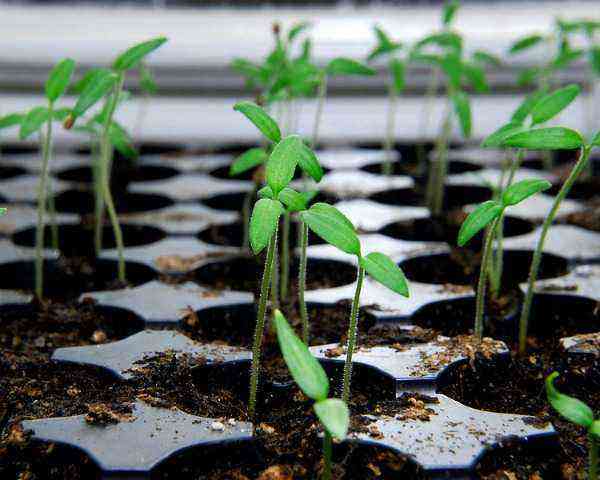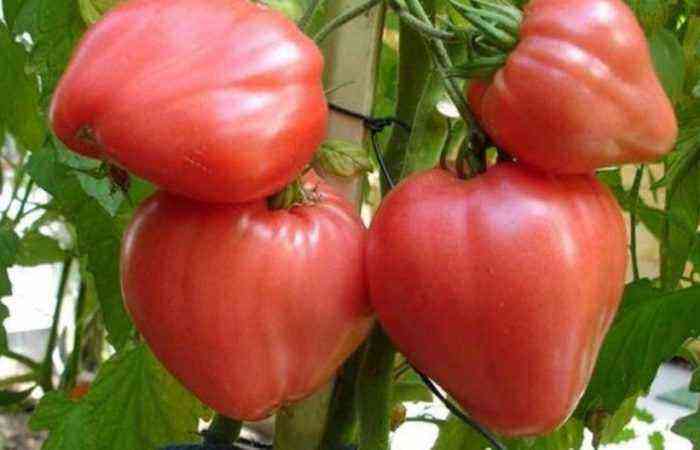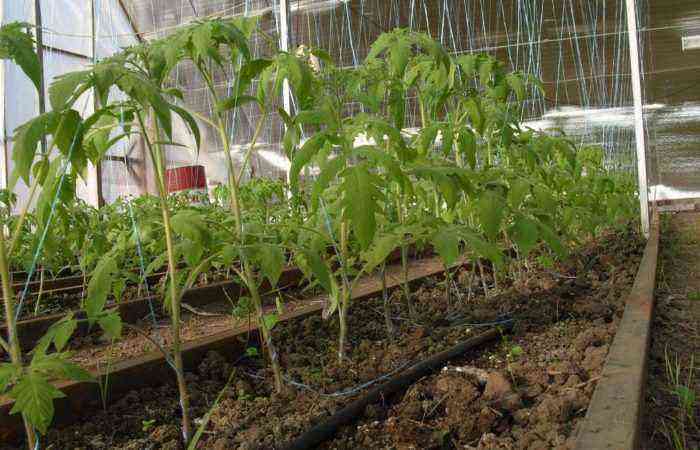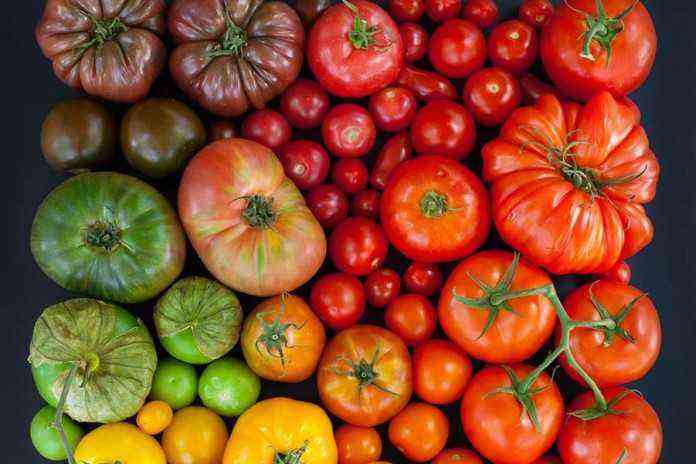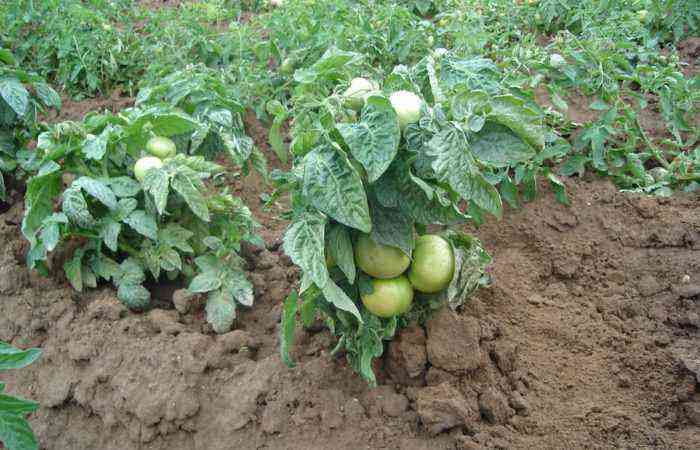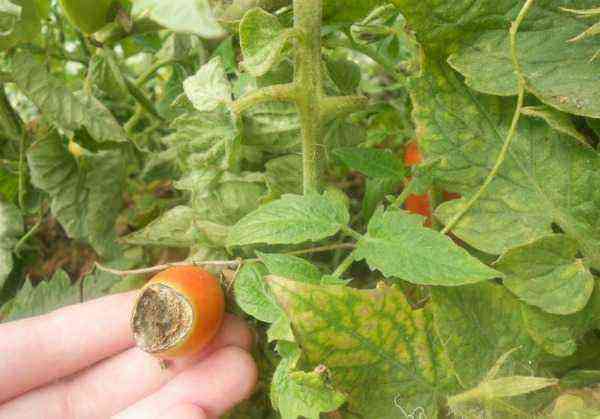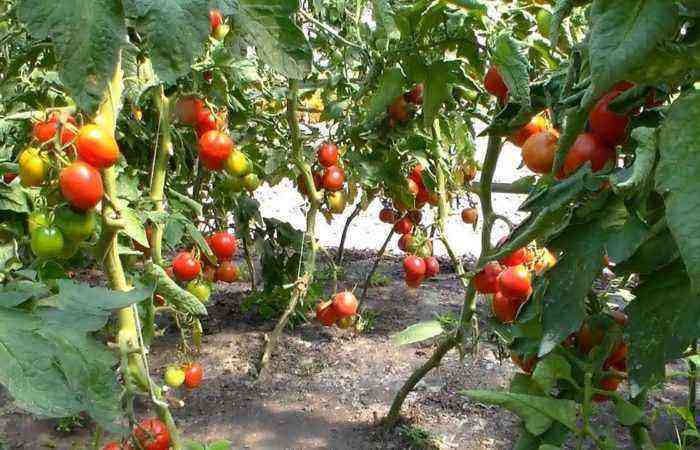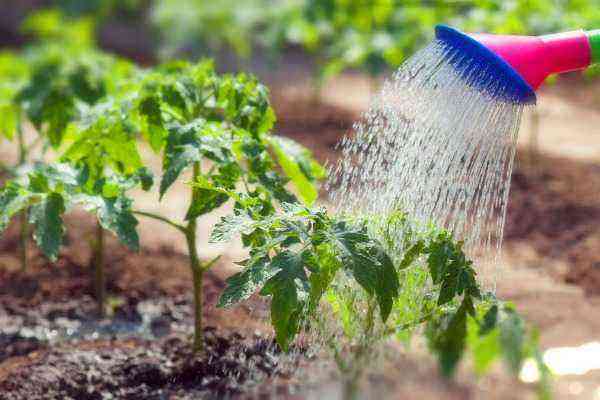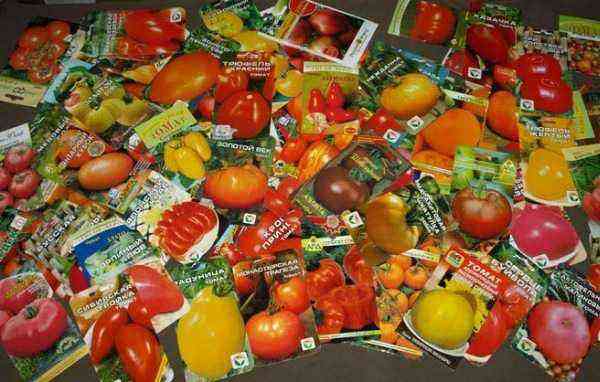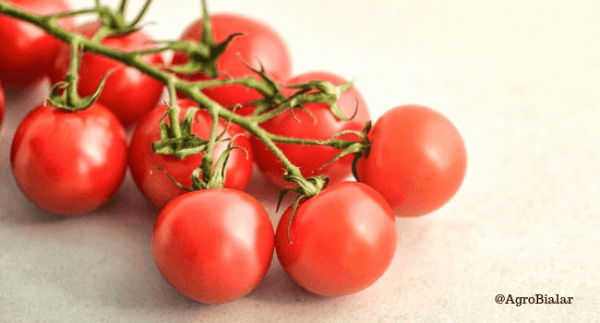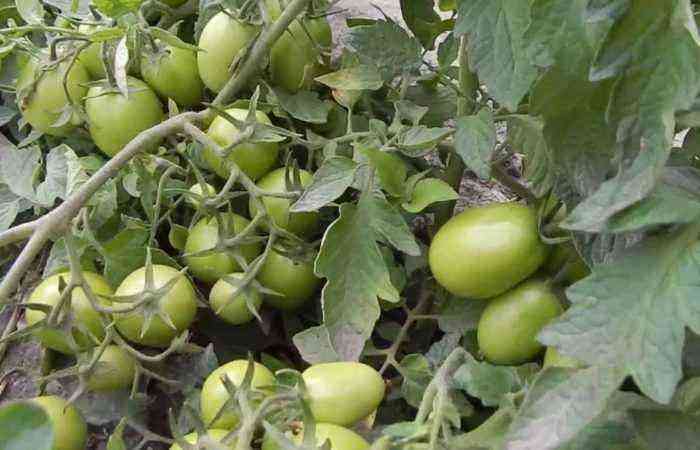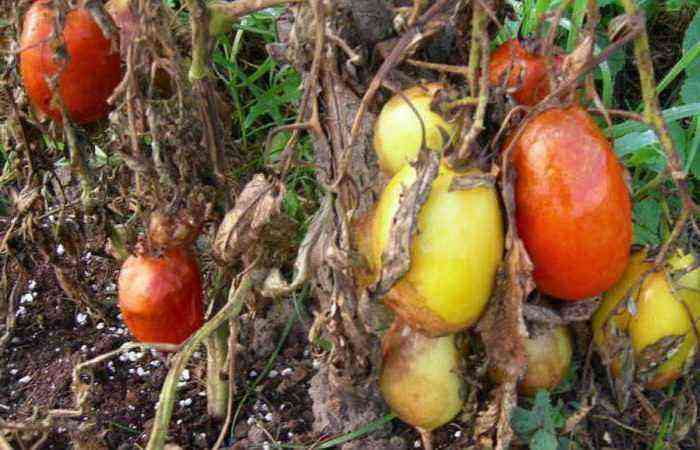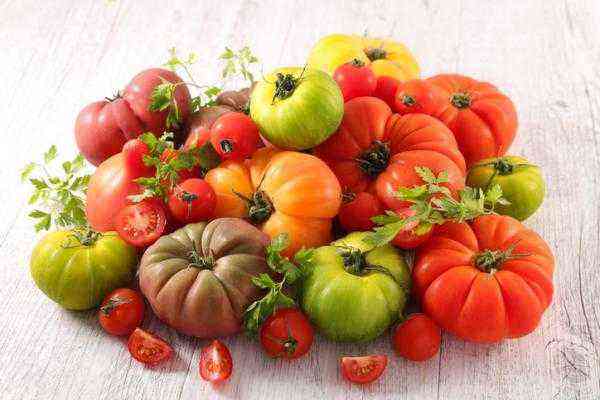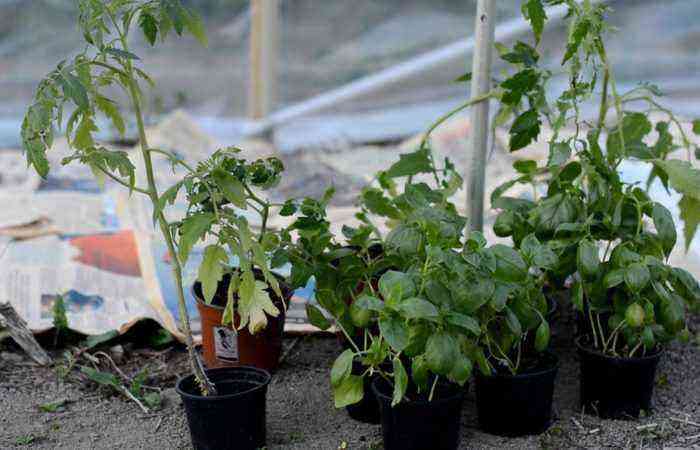Tasty and healthy tomatoes are grown today by almost everyone who has a summer cottage. Rich in lycopene, vitamins and minerals, fruits are good in any form – fresh, baked, canned. A variety of varieties allows you to choose any variety. For example, if you are allergic to red tomatoes, you can grow yellow or black ones.
Seed selection
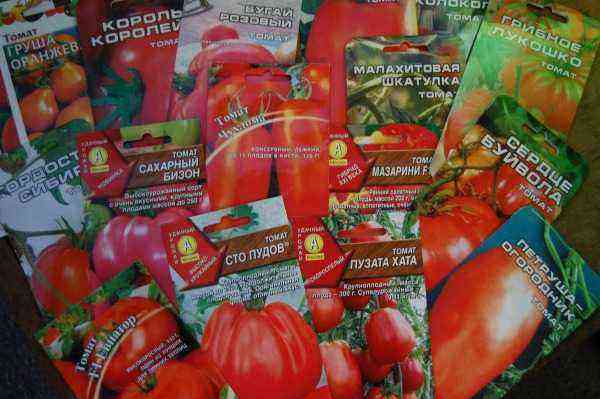
Growing tomatoes begins with sowing seeds for seedlings. Seed material retains its germination capacity for 7-9 years, but it is better to use 2-year-old seeds.
The variety must be zoned. In this case, the tomatoes will hurt less, have time to fully ripen and bear fruit.
For the northern regions with a short summer, only ultra-early and early tomatoes are suitable.
The choice is also determined by where the tomatoes will be grown. Breeders have bred varieties intended for greenhouses and for open ground:
- Tall (indeterminate) varieties with unlimited growth are recommended to be planted only in a greenhouse, followed by tying to a trellis.
- Standard tomatoes are an excellent choice for open ground. Compact bushes do not require tying and pinching, they are not damaged by the wind.
Tomatoes differ according to their intended purpose:
- There are varieties suitable exclusively for salads and fresh consumption.
- Other varieties are bred specifically for canning and pickling. As a rule, these are medium-sized tomatoes with elastic pulp and dense skin that is not subject to cracking.
- There are also generic varieties.
You can study and select a suitable variety or hybrid for sowing in the Tomato Catalog.
Seed and soil preparation
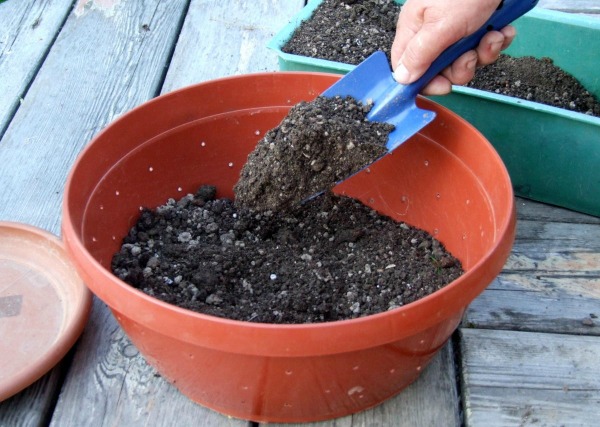
Soil for seedlings should be nutritious, loose, disinfected.
- You can buy universal potting soil at a garden center and steam it in the oven or microwave.
- Some summer residents simply spill the soil with boiling water or a solution of potassium permanganate.
Seeds must first be sorted:
- To do this, use a saline solution prepared from 1 cup of water and 1 teaspoon of salt.
- The seeds placed in it are left for 20 minutes.
- After the specified time, all damaged, weak and empty seeds will float to the surface, and high-quality material will settle to the bottom.
- After that, good seeds are washed, soaked for 30 minutes in a 1% solution of potassium permanganate or hydrogen peroxide.
- Then they are left overnight in the water, and in the morning they start planting.
Seeding on seedlings

For growing in a greenhouse, tomato seeds are sown at the end of March, for open ground, sowing is done in the first decade of April.
You can pre-sprout them by wrapping them in a damp cloth. This process will take 3-4 days.
You can plant seeds in plastic containers and wooden boxes. It is better to give preference to plastic – such containers are easy to wash and disinfect. There must be drainage holes in the bottom of the container, and a pallet is located under it.
Some use ordinary plastic or peat cups for planting. At the bottom of any container, a drainage layer of expanded clay is necessarily placed to prevent the tender roots from rotting.
Then the container or cups are filled with slightly moist soil and start sowing:
- 2-3 seeds are immediately planted in separate containers at once, later weaker sprouts are removed, leaving the strongest seedling.
- In the container with a wooden stick, grooves are cut at a distance of 4 cm from each other. The depth of the grooves should be 1 cm.
- The seeds are laid out in them with an interval of 2 cm, after which they are sprinkled with a thin layer of fertile soil and slightly moistened with a spray bottle.
The best way to sow seeds for seedlings. Sowing tomatoes – video
Care of seedlings
Seedlings appear 5-7 days after sowing.
Until germination, a box with seedlings is kept at room temperature, then the temperature is reduced to 12-15 degrees during the day and 8-10 degrees at night.
When the seedlings get a little stronger, the temperature of the content is again raised to 20-25 degrees.
The recommended air humidity for growing seedlings is 60-70%.
At the age of two weeks, seedlings dive in separate cups.
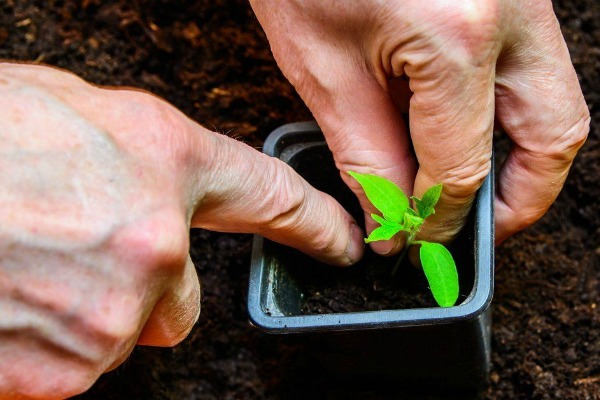
Feeding:
- After 10 days, the first top dressing is made with a mixture of potassium salt, superphosphate and urea.
- After another 2 weeks, the tomatoes are fed a second time.
Water the seedlings with warm water in the morning. Watering should be plentiful, but rare.
Plants are planted in the garden at the age of 65-70 days.
On a note! By the time of planting in the ground, the bushes should have a developed root system, a lot of buds on the first brush, a thick stem, dark green leaves.
Landing on a permanent place
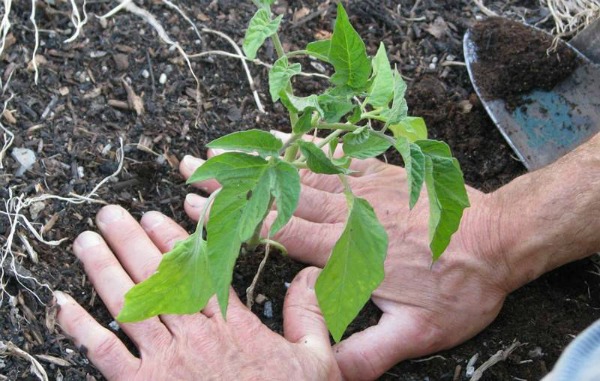
In order for tomatoes to give a good harvest and not get sick, it is necessary to observe crop rotation. The best predecessors for them will be root crops (excluding potatoes), all types of cabbage, perennial grasses.
The soil should be neutral or slightly acidic. Light and fertile land contributes to an earlier harvest.
Tomatoes are planted in open ground after the threat of frost has disappeared, the seedlings must first be hardened.
At first, it is recommended to cover the plants with a film or agro-material to protect them from the cold.
Drop off rules:
- Most often, tomatoes are planted in two rows with an interval between plants of 25-30 cm.
- Row spacing should be 50-65 cm wide.
- Seedlings should not be buried more than 4-5 cm compared to the original planting.
- Overgrown seedlings are planted obliquely, with the tops to the north.
After planting, they make sure that a hard crust does not form, the soil is regularly loosened after watering.
In the open ground
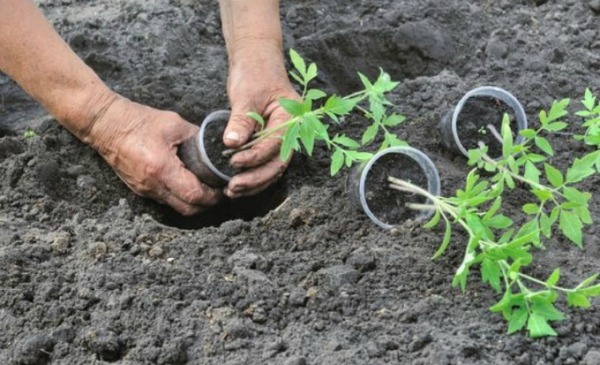
15-20 days after planting, the tomatoes need to be spudded, in the future this procedure is carried out twice more. Simultaneously with hilling, mineral fertilizers are applied. Their deficiency can be identified by the appearance of plants.
Tomatoes do not like watering by sprinkling, moisture is brought strictly under the root. Culture requires rare but plentiful watering. You can determine the need for moisture by the appearance of tomatoes – the leaves darken, become drooping.
On a note! With an excess of moisture, gray rot and late blight can develop, insufficient watering can provoke the appearance of vertex rot.
The first 10-15 days after planting seedlings, tomatoes can not be watered, they have enough moisture introduced during planting. With the advent of ovaries, the need for water in tomatoes increases dramatically. At this time, the plants are watered at intervals of 5-7 days, adding up to 5 liters of water under each bush.
Mulching is used to keep moisture in the soil during fruiting. When undersized tomatoes begin to yield, watering is reduced. With determinant varieties, the opposite is done, giving them more water during this period.
Tomatoes can be formed into one, two and three stems.
- All stepchildren are removed, preventing them from growing more than 5 cm in length.
- It is necessary to perform this procedure in the morning on a sunny day, so that the wounds heal until the evening.
- Stepsons can not be torn off by hand, so as not to damage the stem. Usually use a sharp pruner or small scissors.
Stamp forms do not need to be formed.
For preventive purposes, two or three times per season, the bushes are sprayed with Bordeaux liquid or a solution of any copper-containing preparation. The need for this measure increases after the rainy season.
To the greenhouse
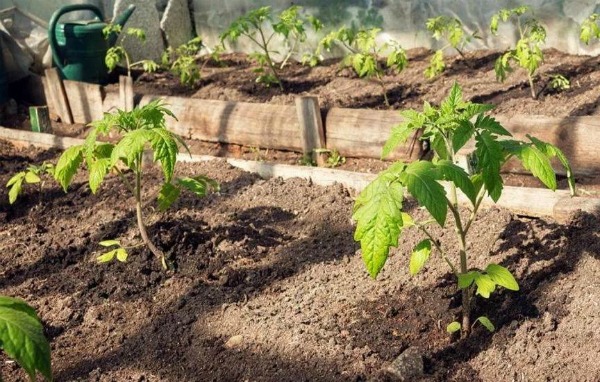
When grown in a greenhouse, plants need to be tied to a trellis a week after planting.
Greenhouse tomatoes must be formed.
- Indeterminate varieties are pinched over the 5th brush, leaving two sheets on top.
- Determinant varieties are formed in such a way that 4-5 brushes remain on the bush.
The lower yellowed leaves are periodically cut off. Watering is carried out in the morning, after which the greenhouse is ventilated.
Root dressings are applied three times per season. As top dressing, you can use mineral complexes, liquid organic fertilizers, infusion of cut grass.
For more successful pollination, the bushes are shaken during flowering.
Harvesting
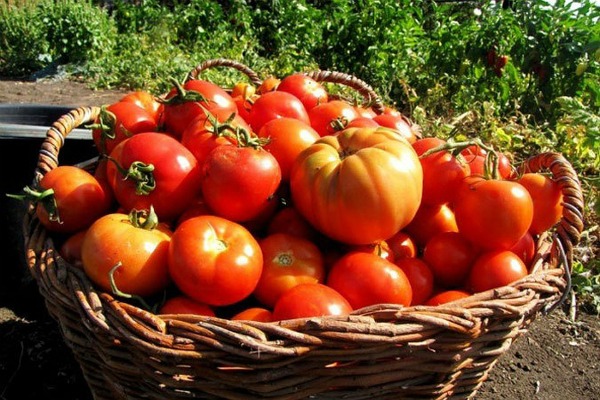
Harvesting is done every 3-5 days as the fruits ripen. You can shoot tomatoes at the stage of technical maturity, when the skin begins to redden, turns brown or yellow. Lying in the sun, such fruits will fully ripen, and will not differ in taste from those that have ripened on the bush.
If you shoot tomatoes green, it will be impossible to get the same taste from them.
- Early ripening varieties begin to ripen in the second half of July, and from mid-August the bushes are already beginning to die off. If the weather forecast is unfavorable and a sharp cooling begins, it is better to remove all the poured fruits the day before.
- In mid-season varieties, the fruiting period shifts two weeks ahead.
- Late tomatoes and giants are harvested in August when grown outdoors. They can be left in the greenhouse until September.
The fruits are urgently removed if symptoms of phytophthora appear on the leaves, otherwise you can lose the entire crop.
In a cool room, tomatoes can be stored for up to 2 months, spreading them in wooden boxes. Of course, the fruits should not be overripe. Red tomatoes removed from the bush remain fresh for no more than 5 days. During this time, they need to be eaten or used for processing and preparation of canned vegetables.
On a note! Since tomato tops are often affected by late blight, it is better to burn it after harvesting.
Tomatoes – from sowing to harvesting. How to grow great tomatoes? – video
Caring for tomatoes is not particularly difficult even for beginners. It is only necessary to take into account the features of the agricultural technology of the selected variety and carefully follow them. Be sure to try growing tomatoes if you have the opportunity. This process will not only bring you the joy of your own harvest, but also help to make your diet more varied and complete.

